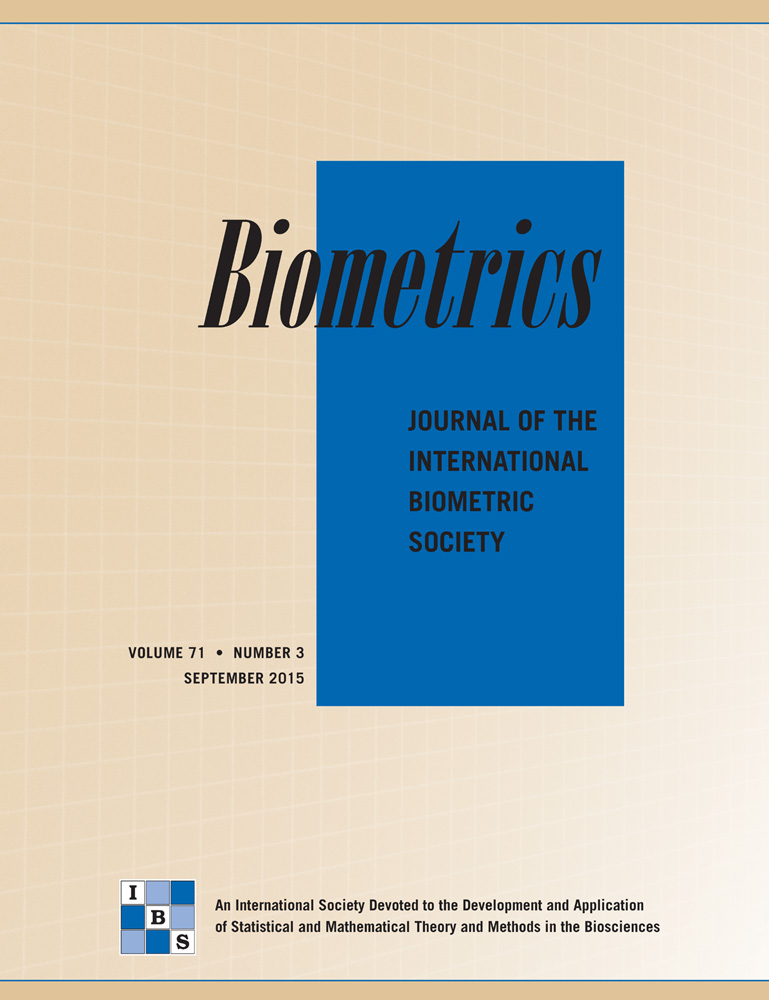Bayesian hierarchical regression on clearance rates in the presence of “lag” and “tail” phases with an application to malaria parasites
Summary
We present a principled technique for estimating the effect of covariates on malaria parasite clearance rates in the presence of “lag” and “tail” phases through the use of a Bayesian hierarchical linear model. The hierarchical approach enables us to appropriately incorporate the uncertainty in both estimating clearance rates in patients and assessing the potential impact of covariates on these rates into the posterior intervals generated for the parameters associated with each covariate. Furthermore, it permits us to incorporate information about individuals for whom there exists only one observation time before censoring, which alleviates a systematic bias affecting inference when these individuals are excluded. We use a changepoint model to account for both lag and tail phases, and hence base our estimation of the parasite clearance rate only on observations within the decay phase. The Bayesian approach allows us to treat the delineation between lag, decay, and tail phases within an individual's clearance profile as themselves being random variables, thus taking into account the additional uncertainty of boundaries between phases. We compare our method to existing methodology used in the antimalarial research community through a simulation study and show that it possesses desirable frequentist properties for conducting inference. We use our methodology to measure the impact of several covariates on Plasmodium falciparum clearance rate data collected in 2009 and 2010. Though our method was developed with this application in mind, it can be easily applied to any biological system exhibiting these hindrances to estimation.




